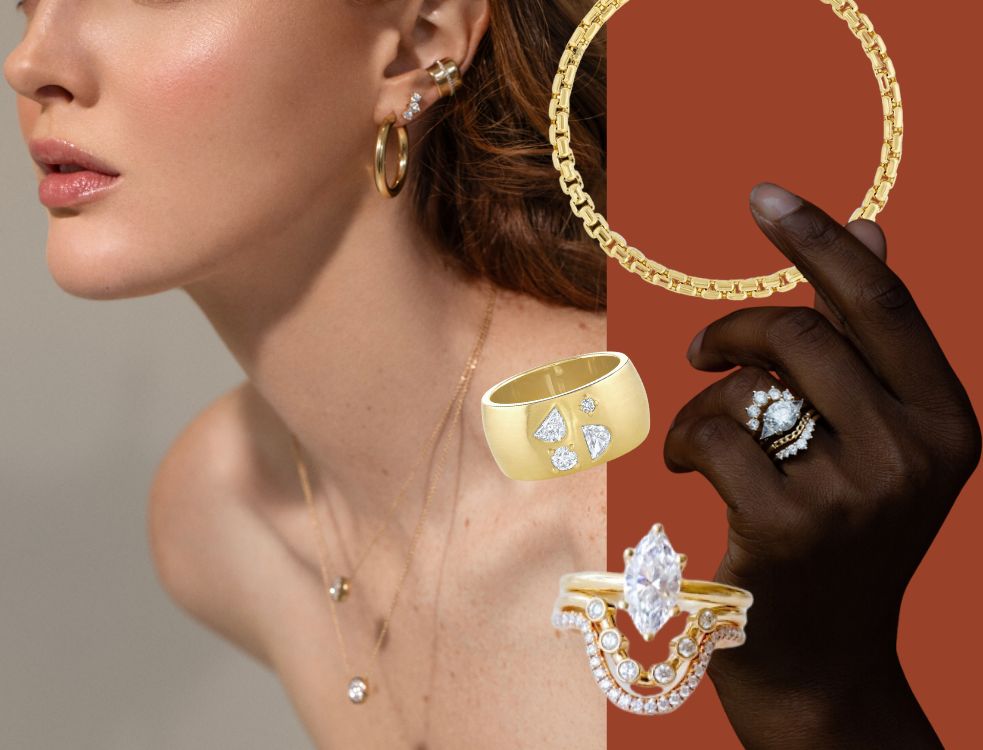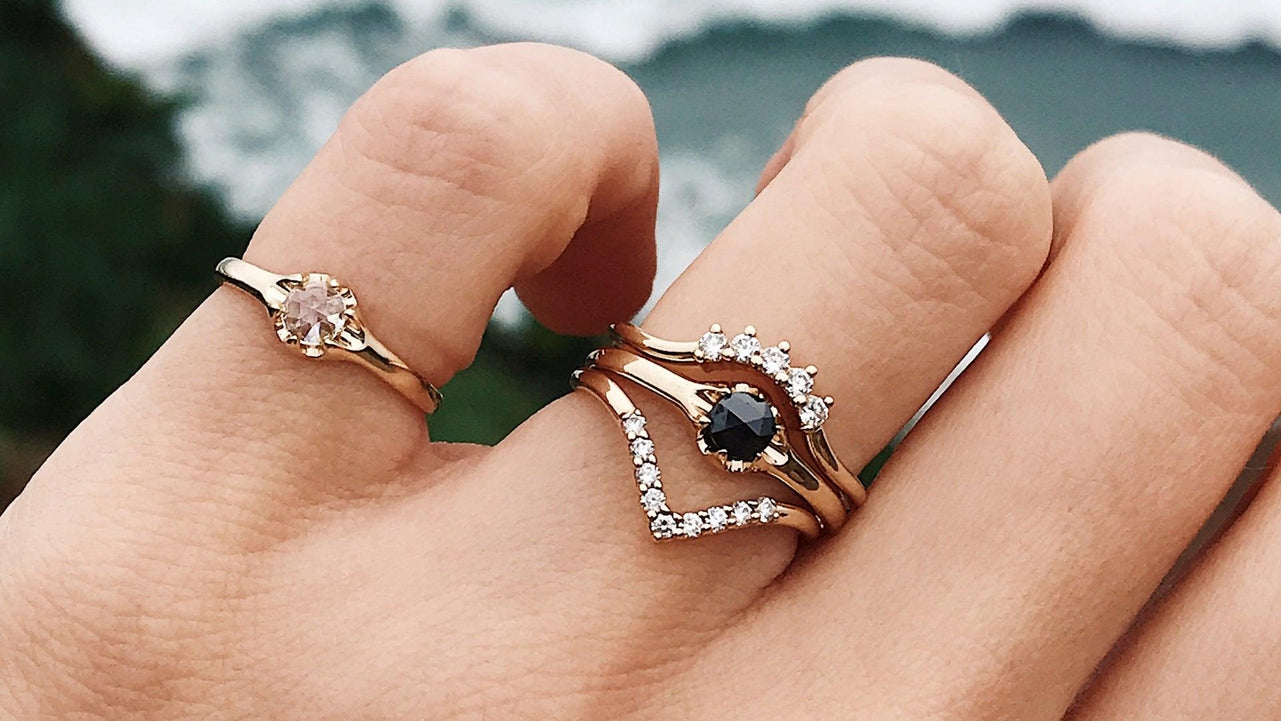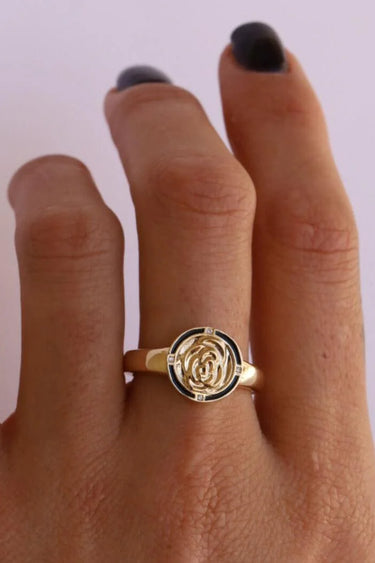
From the Blog…
Colored Diamonds: What You Need to Know About Champagne & Galaxy Diamonds
November 8, 2019

Marilyn Monroe said it best—"Diamonds are a girl's best friend." If you are thinking about getting your loved one a sparkly gift that will knock them right off their feet, consider colored diamonds. Don’t get us wrong, white diamonds are stunning, but colored diamonds can give you some extra flair and pizzazz.
Two colored diamonds that we’re loving at the moment are champagne and galaxy. Both of these gems are incredibly mesmerizing and have fine, beautiful cuts that reflect their unique sparkle.
Lucky for you, we’ve got some dazzling insights about these luxurious diamonds!
What Are Colored Diamonds?
Did you know that diamonds come in a variety of colors? They can be blue, black, yellow, red, grey, and many others.
When you put the diamond in an upward position, you should be able to see the visible color scheme. However, diamonds with natural pink, orange, blue, red, green, and violet colors are extremely rare, so they are worth more. Out of hundreds of thousands of diamonds, only a handful have rare colors.
The colors can range from different intensities of light to dark. It all depends on how noticeable the color is when the diamond is in a face-up position.
What are Champagne Diamonds?
Champagne diamonds are a type of colored diamond with a yellowish-brown tint. It resembles the color and bubbly style of champagne.
These fancy diamonds often make a stunning engagement ring to celebrate a lifelong journey with your soulmate. The eye-catching stone offers a variety of personality and sparkle.
It has a small amount of nitrogen trapped during the formation of the diamond. The higher the nitrogen content, the deeper the color intensity is within the diamond.
Champagne diamonds are often called cognac diamonds if they’re deeper in color intensity. Or people may market them as chocolate diamonds because of the slight similarities.
Usually, colorless diamonds lose their value as they increase in tint, but champagne stones often have a beautiful, natural color that allows it to maintain their high value.
Where Do Champagne Diamonds Come From?
Champagne diamonds originate from Siberia, Australia, and Africa. They are formed in mines from different parts of the world. The largest diamond mine is in Western Australia where all the colored diamonds came from.
Champagne diamonds are formed from traces of crystals and nitrogen. The extreme heat and compression over billions of years help create these unique gemstones. Just like their white diamond counterparts, champagne diamonds are ranked 10 on the Mohs scale of hardness, which indicates that they are highly durable and a hard stone.
How Rare are Champagne Diamonds?
Champagne diamonds are generally less rare than colorless diamonds. Due to this, they are often less expensive than white diamonds.
A yellow canary diamond is more costly than a brown and champagne diamond. The price of champagne diamonds still depends on the intensity of color, weight, and clarity.
A fancy champagne diamond with no overtone can be very pricey. For example, the famous Golden Pelican, a 69.93-carat champagne diamond and the Golden Jubilee is 545.67 carat it is estimated to cost between $5 to $12 million.
Since these diamonds are growing in popularity, their prices will begin to increase. Just like any diamond, their value is based on carat, clarity, cut quality, and color intensity. This means that the deeper the color, the higher the value.
What to Look for in a Champagne Diamond
Keep in mind that not all champagne diamonds are created equally. Their value and beauty depend on various factors like cut, color, carat, clarity, and shape.
Color
The intensity and shade of color reflect the value of the stone. Champagne diamonds often range in various depths of colors from light orange or yellow to dark brown.
When grading the intensity of the color, people often use three factors: the hue which denotes the visibility of the color, the tone that describes the darkness, and the saturation reflects the intensity.
With that in mind, you want a diamond with a rich hue, extreme tone, and vigorous intensity. All of these factors reflect a valuable, rare and expensive stone.
Cut
The way a diamond is cut affects how sparkly the diamond will be. That means, the better the cut, the more beautiful and exquisite the stone is, and the higher the value.
With a champagne stone, there isn’t a standardized cut like a colorless diamond. It ultimately depends on the diamond cutter to maximize the brightness of the stone.
With a darker champagne diamond, brilliance plays a significant role. If the cut makes the diamond look richer in hue, then it’s more desirable. However, a poorly cut champagne diamond will reflect uneven color, which can cause the stone to look dull and worn out instead of sparkling and fancy.
Clarity
Clarity reflects how clear the diamond is. The fewer flaws that the diamond has, the higher the grade and the more valuable the stone. You want a diamond that ranks low on the scale, indicating few blemishes and inclusions. While it’s challenging to find champagne diamonds with clarity and few flaws, they are definitely out there.
Usually, with this type of diamond, people tend to aim for stones without any glares or distractions.
Carat
A diamond carat is equal to 200 mg or .2 g. A 1-carat diamond weighs as much as a quarter of a raisin.
When it comes to champagne diamonds, it’s best to prioritize color and cut over carat size. This is mainly because the color and cut factor impact the beauty of the champagne stone significantly. And if you prioritize carat size over color and cut, it will only make the flaws that much more noticeable.
Keep in mind that size isn’t everything. A larger stone does not necessarily mean that it’s more exquisite or valuable. For example, a 1.47-carat champagne diamond with a beautiful cut and color is worth more than a dull 3.09-carat champagne stone.
Shape
Diamonds come in various shapes and it can be difficult to select the perfect one. You want to choose a shape that matches your personality and style. You can find this amazing gemstone in a round, oval, emerald, pear, and cushion shape.
Related: Engagement Rings 101: How to Choose the Perfect Ring
What is a Galaxy Diamond?
It’s likely that you’ve seen galaxy diamonds before, but maybe you didn’t know what to call them. Another term this rare gem is called is a salt and pepper diamond due to their white & black appearance.
These diamonds used to be undesirable, but their popularity has skyrocketed in recent years. The market has experienced a massive increase in the number of people requesting these delicate gems.
Many of these diamonds are rose cut and have flat bottoms that rise to a single apex. Their cuts are used to preserve the most amount of carat to maintain their beauty, structure, and value.
Some of these diamonds can have a full cut that has a culet at the bottom. The beauty of these diamonds is that they look like they have thousands of tiny stars encapsulated within the stones.
How Galaxy Diamonds Differ From Other Diamonds
The galaxy diamond is the wild child in the diamond world. They are fun and their flaws work to benefit the overall appearance of the gem, which is unique from the traditional diamond.
The mix of imperfection with a combination of black and white specs make them valuable and exquisite. These types of diamonds are not cut like the traditional diamond.
The four C’s (cut, clarity, carat, and color) do not apply to the galaxy diamond. They are cut so differently with various colors and clarity that make them stand out from the rest. That is why they are perfect for an individual who wants to stand out from the crowd.
Price Ranges for Colored Diamonds
Colored diamonds are unique and eye-catching. It’s the combination of color intensity and rarity that drives the prices up so high.
A diamond with perfect hue, rare color, exquisite cut, and high clarity can cost millions of dollars per carat. These types of diamonds have more value than their size. This further shows that size truly doesn’t matter.
The less saturated and smaller sized diamonds are more affordable. The natural black, yellow, and brown diamonds often sell for different prices at various sizes. Brown diamonds have a wide range of color schemes from light brown to a champagne color with vivid hue (which varies in value based on its intensity).
Black diamonds are the most affordable colored diamonds and a lot of people enjoy its mystery!
Related: Why We’re Loving Black Diamonds
What Causes Color in Diamonds?
Diamonds are a rare, naturally created mineral formed out of crystalline carbon. Naturally, they are colorless, but most crystals accumulate defects during the growth within the earth. These imperfections change the way the light passes through them.
It causes some crystals to transmit different wavelengths and absorb others. This causes the wavelength of light to create different colors based on transmission and absorption. This can determine how people observe the coloration of the diamond — therefore resulting in colored diamonds.
What Each Color Represents
Every color found in diamonds indicates a unique transformation from its original colorless look. Here is some information regarding different colors within diamonds.
Pink
Pink is a common color with a soft, feminine style. It is also a rare color that can be found in diamonds. It occurs when the diamond is exposed to extreme stress within the earth, and that pressure results in carbon displacement within the crystals. The red light that passes is selectively transmitted, therefore forming the pink coloration.
Red
Red is extremely rare and highly valuable with a pure hue. They go through significant stress with the deformed crystal, along with carbon atom displacement. When light passes through displacement, the red wave is selected, and we get a beautiful red diamond for a uniquely passionate look.
Yellow
Yellow is the second most common color of a diamond. Discoloration originates from nitrogen atoms substituting for carbon in the crystal. This defect results in selective absorption of blue light and transmission of a soft yellow luster.
A Beautiful Spin From Traditional Diamonds
Colored diamonds come from the imperfections of the crystals. It’s the imperfection that creates a unique personality within these gemstones that compliment your own unique persona.
This is why a lot of gemologists use various factors to determine the value of these diamonds. Factors like color, cut, clarity, and carat play a significant role in determining the value of these beautiful and exquisite stones.
When it comes to colored diamonds, the champagne and galaxy diamonds are popular choices for engagement rings or gifts to a loved one. These stones are beautifully crafted by its cuts, intensity, and clarity and will only mesmerize the wearer.
While you’re here, check out our store filled with fine jewelry and bridal jewelry that will make your eyes sparkle with joy!
More from the journal

2024 Jewelry Trends
January 23, 2024

Pucker Up, Buttercup: Buttercup Diamond Rings
January 17, 2019

All About August’s Birthstones: Peridot & Spinel
July 29, 2021





